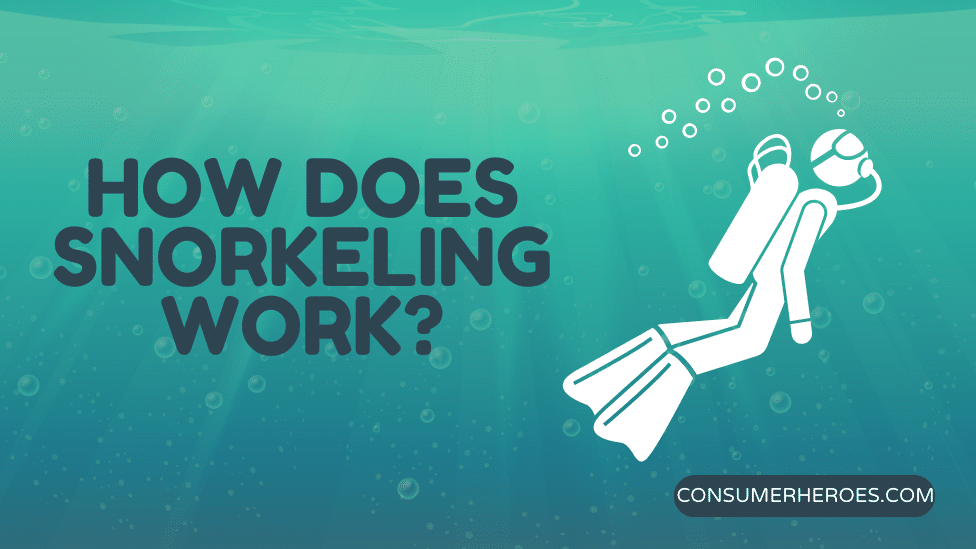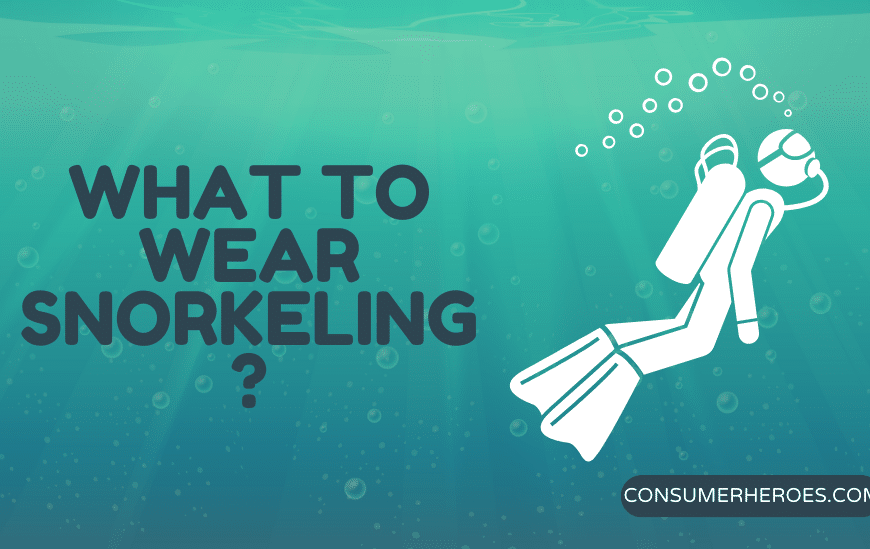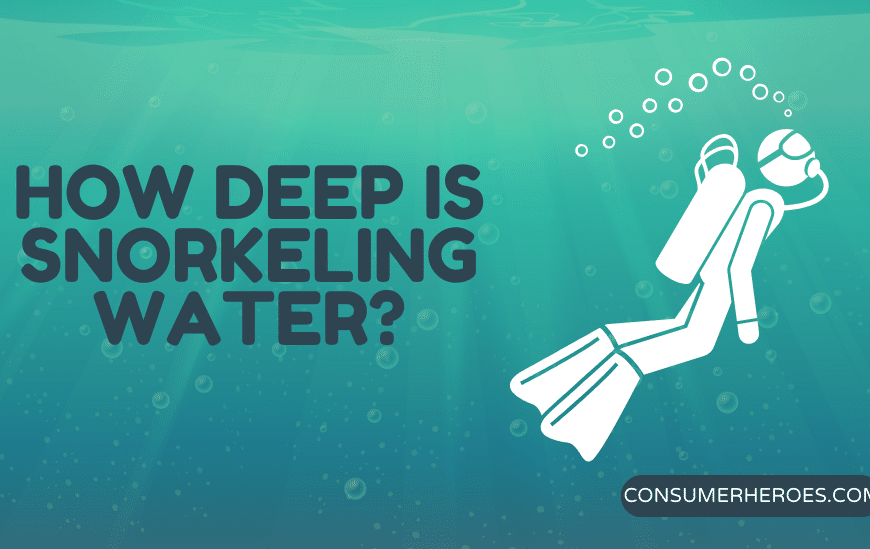Snorkeling is a popular activity that allows people to explore the underwater world without the need for scuba diving equipment. It is an excellent way to get up close and personal with marine life, and it is relatively easy to learn. Snorkeling is a form of underwater diving that allows a person to breathe through a tube while their face is submerged in the water.
The main components of snorkeling equipment include a mask, snorkel tube, and fins. The mask is designed to fit over the eyes and nose, creating a seal to prevent water from entering. The snorkel tube is a long, flexible tube that allows a person to breathe while their face is underwater. Fins are worn on the feet and help to propel the snorkeler through the water. When these components are used together, they allow a person to explore the underwater world with ease.
The Basics of Snorkeling
Understanding the Gear
Snorkeling requires a few essential pieces of equipment to make it possible, including a mask, snorkel, and fins. The mask allows the snorkeler to see underwater, while the snorkel allows them to breathe without having to surface. Fins help the snorkeler move through the water with more ease and efficiency.
When choosing a mask, it’s important to find one that fits well and creates a waterproof seal around the face. A snorkel should be the right size and shape for the individual’s mouth and should have a purge valve to allow for easy clearing of any water that enters the tube. Fins should fit snugly but not be too tight, and it’s important to choose the right type of fin for the type of snorkeling being done.
Breathing Techniques
Breathing is a crucial aspect of snorkeling, and it’s important to master the proper techniques to ensure a safe and enjoyable experience. When using a snorkel, it’s important to breathe slowly and deeply, using the diaphragm to expand the lungs rather than just the chest. This helps conserve oxygen and prevents hyperventilation.
To clear any water that enters the snorkel, the snorkeler should exhale forcefully through the tube, using the purge valve if available. It’s also important to keep the mouthpiece of the snorkel in the mouth at all times, even when talking or laughing.
Overall, snorkeling is a fun and accessible way to explore the underwater world. By understanding the basics of the gear and breathing techniques, anyone can enjoy this exciting activity with confidence and ease.
Safety Measures in Snorkeling
Buddy System
The buddy system is an essential safety measure in snorkeling. It involves pairing up with another snorkeler and keeping an eye on each other while in the water. Before entering the water, buddies should agree on hand signals and establish a plan in case of an emergency. Buddies should also stay within sight of each other at all times and check in with each other regularly.
Surface Markers
Surface markers are another important safety measure in snorkeling. A surface marker is a buoy or other floating object that is visible from the surface of the water. Snorkelers can use surface markers to indicate their location to boats and other snorkelers. It is recommended that every snorkeler carry a surface marker with them while in the water.
Other safety measures that snorkelers should consider include:
- Checking the weather and water conditions before entering the water
- Wearing a properly fitting snorkel mask and fins
- Avoiding touching or disturbing marine life
- Staying within designated snorkeling areas
- Monitoring their own physical condition and avoiding snorkeling if feeling unwell or fatigued.
By following these safety measures, snorkelers can enjoy a safe and enjoyable experience in the water.
Snorkeling Techniques
Snorkeling is a fun and exciting way to explore the underwater world, but it can be challenging for beginners. In this section, we will discuss some snorkeling techniques that will help you get the most out of your experience.
Clearing the Snorkel
One of the most important skills to master in snorkeling is clearing the snorkel. When water enters the snorkel, it can be uncomfortable and even dangerous if too much water is inhaled. There are two main methods for clearing the snorkel: the blast method and the displacement method.
The blast method involves forcefully exhaling through the snorkel to clear any water. The displacement method involves tilting the head to the side and using a quick exhale to push the water out of the snorkel. It is important to practice both methods and find the one that works best for you.
Diving Down
Diving down while snorkeling can give you a closer look at the underwater world, but it requires some skill and practice. To dive down, take a deep breath and hold it. Then, use your arms to push down on the water and tilt your head down. As you descend, equalize the pressure in your ears by gently blowing out through your nose.
When you reach your desired depth, slowly exhale and begin to swim back up to the surface. It is important to not dive too deep or stay underwater for too long, as this can be dangerous and lead to hypoxia.
By mastering these snorkeling techniques, you can have a safe and enjoyable experience exploring the underwater world.
Choosing Snorkeling Locations
When choosing a snorkeling location, it’s essential to consider several factors to ensure a safe and enjoyable experience. Here are two popular snorkeling locations to consider:
Coral Reefs
Coral reefs are a popular snorkeling destination because they are home to a diverse range of marine life, including vibrant fish, sea turtles, and even sharks. However, it’s crucial to choose a reef that is healthy and thriving. Snorkeling near a damaged reef can be dangerous and harmful to the environment.
Some factors to consider when choosing a coral reef snorkeling location include:
- Water clarity: Clear water is essential for a good snorkeling experience. Look for locations with clear water and avoid snorkeling after heavy rain.
- Depth: Choose a reef that is shallow enough to snorkel safely. Avoid reefs that are too deep or located in strong currents.
- Accessibility: Look for reefs that are easily accessible from the shore or by boat. Avoid snorkeling in areas with heavy boat traffic.
Shipwrecks
Shipwrecks are another popular snorkeling destination because they provide a unique opportunity to explore underwater history. However, it’s crucial to choose a shipwreck that is safe to explore.
Some factors to consider when choosing a shipwreck snorkeling location include:
- Age and condition: Choose a shipwreck that is old enough to have developed a thriving ecosystem but not so old that it is unsafe to explore. Look for wrecks that are in good condition and not at risk of collapsing.
- Depth: Choose a shipwreck that is shallow enough to snorkel safely. Avoid wrecks that are too deep or located in strong currents.
- Accessibility: Look for wrecks that are easily accessible from the shore or by boat. Avoid snorkeling in areas with heavy boat traffic.
Overall, when choosing a snorkeling location, it’s essential to prioritize safety and environmental responsibility. By considering these factors, snorkelers can have a safe and enjoyable experience while also protecting the marine ecosystem.
Impact of Snorkeling on Marine Life
Responsible Snorkeling
Snorkeling is an enjoyable activity that allows people to explore the beauty of the underwater world. However, it is important to keep in mind that snorkeling can have an impact on marine life. Snorkelers should take steps to minimize their impact on the environment and be responsible while snorkeling.
One way to be responsible while snorkeling is to avoid touching or disturbing marine life. Snorkelers should also avoid standing on coral reefs or other fragile habitats. It is important to be aware of the surroundings and to avoid damaging or harming marine life.
Another way to be responsible while snorkeling is to use eco-friendly products. Sunscreen, for example, can have harmful chemicals that can damage coral reefs. Snorkelers should use reef-safe sunscreen to minimize their impact on the environment.
Conservation Efforts
Conservation efforts are important to protect marine life from the impact of snorkeling and other human activities. Many organizations are working to protect marine life and their habitats.
One such organization is the Coral Reef Alliance, which works to protect coral reefs and their ecosystems. They offer education and training programs to promote responsible snorkeling and diving practices.
Another organization is the Marine Conservation Society, which works to protect marine life and their habitats in the UK. They offer education and training programs to promote responsible snorkeling and diving practices.
By supporting these organizations and their efforts, snorkelers can help protect marine life and their habitats. It is important to be aware of the impact of snorkeling on the environment and to take steps to minimize this impact.







